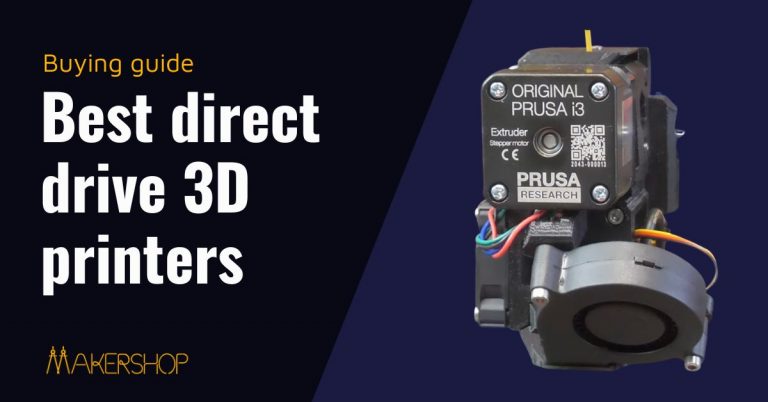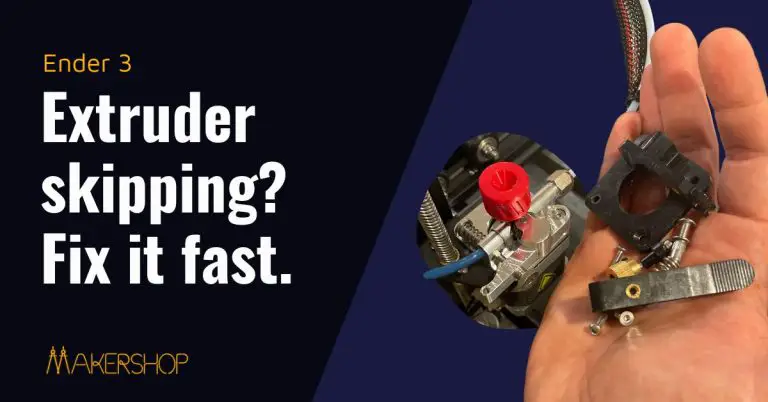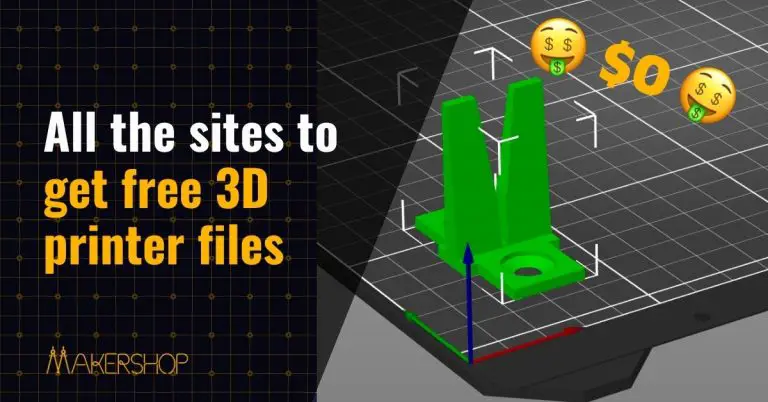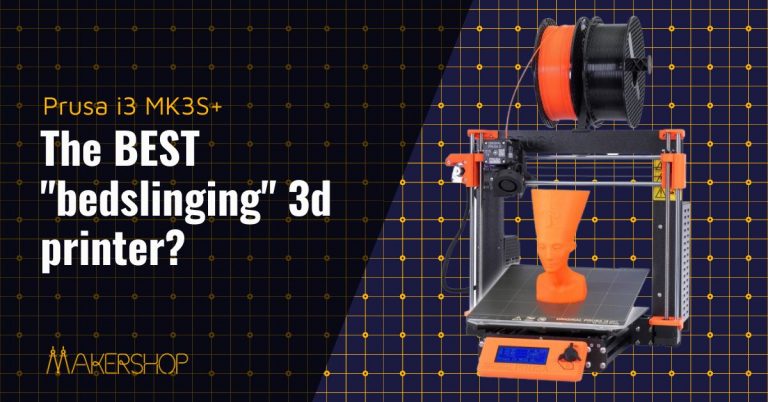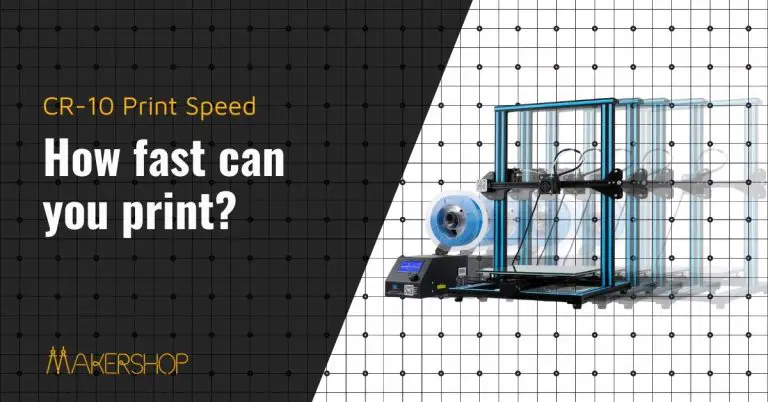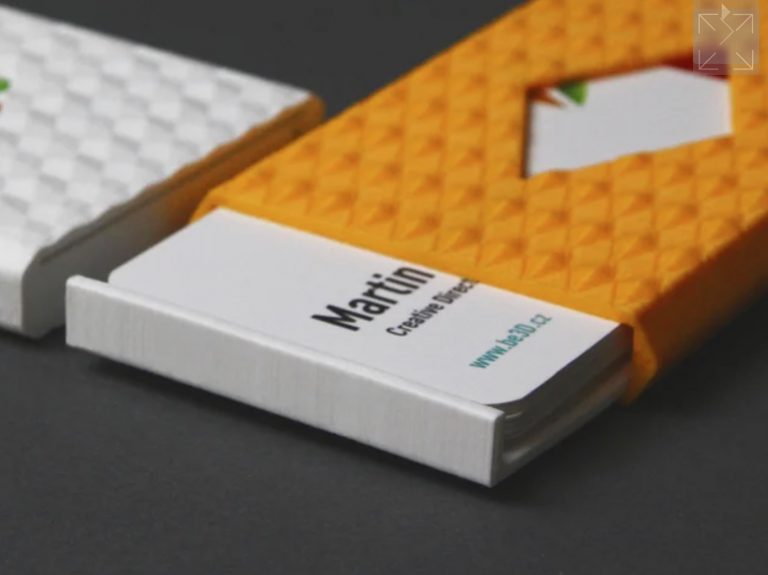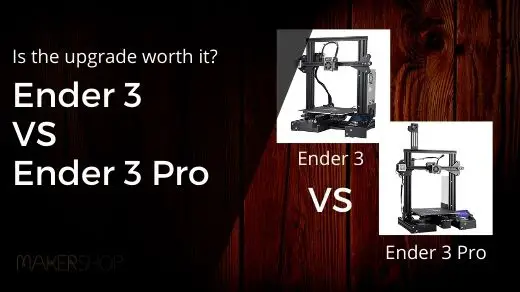Is 100 Microns Good For 3D Printing?
Along with layer height in millimeters, another term often thrown around to measure 3D printing resolution is microns. So what exactly are microns, and is 100 microns considered good? 100 microns is the same as setting a 0.1mm layer height in your 3D printer slicer. A 0.1mm layer height will yield a fairly high-quality print … Read more

